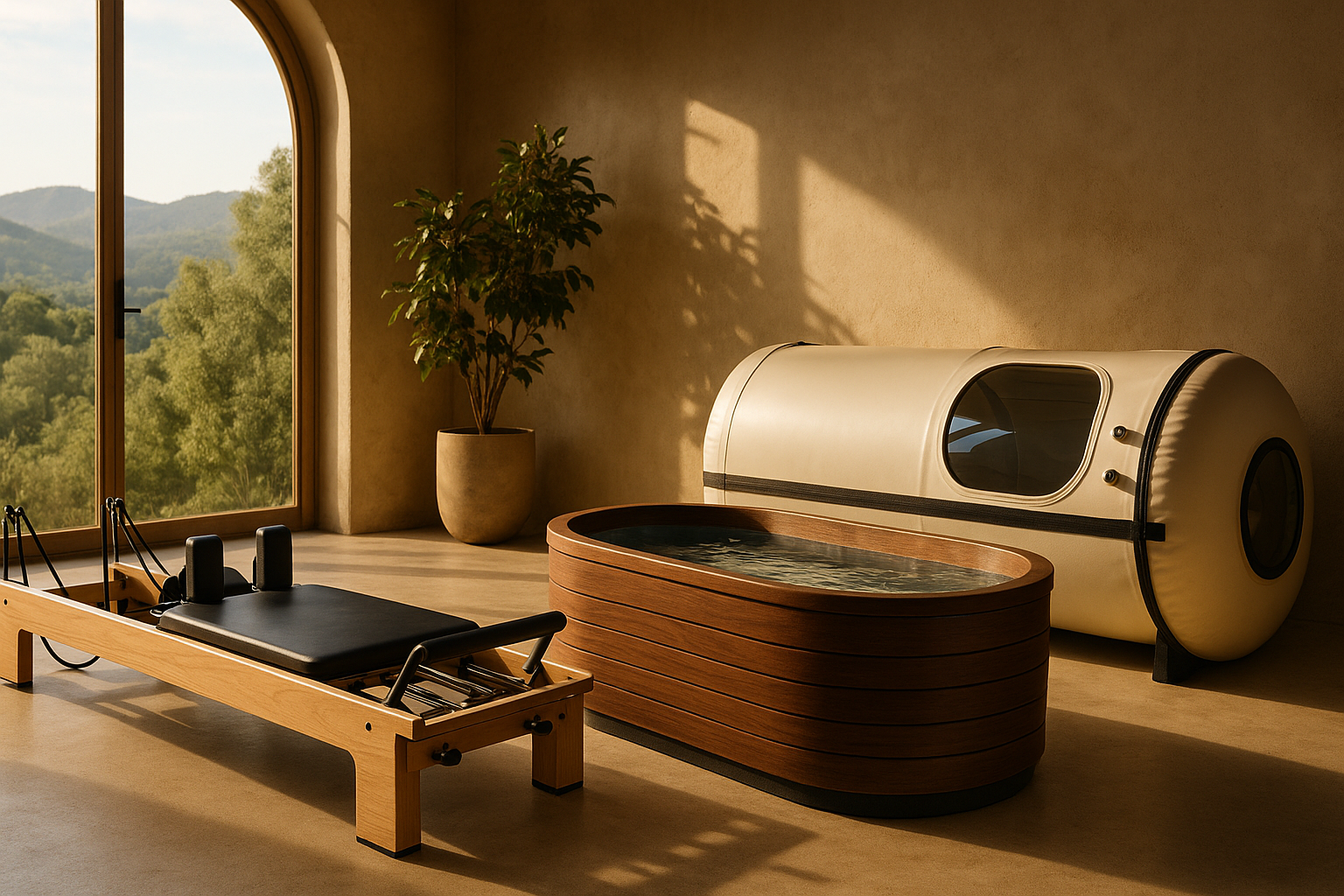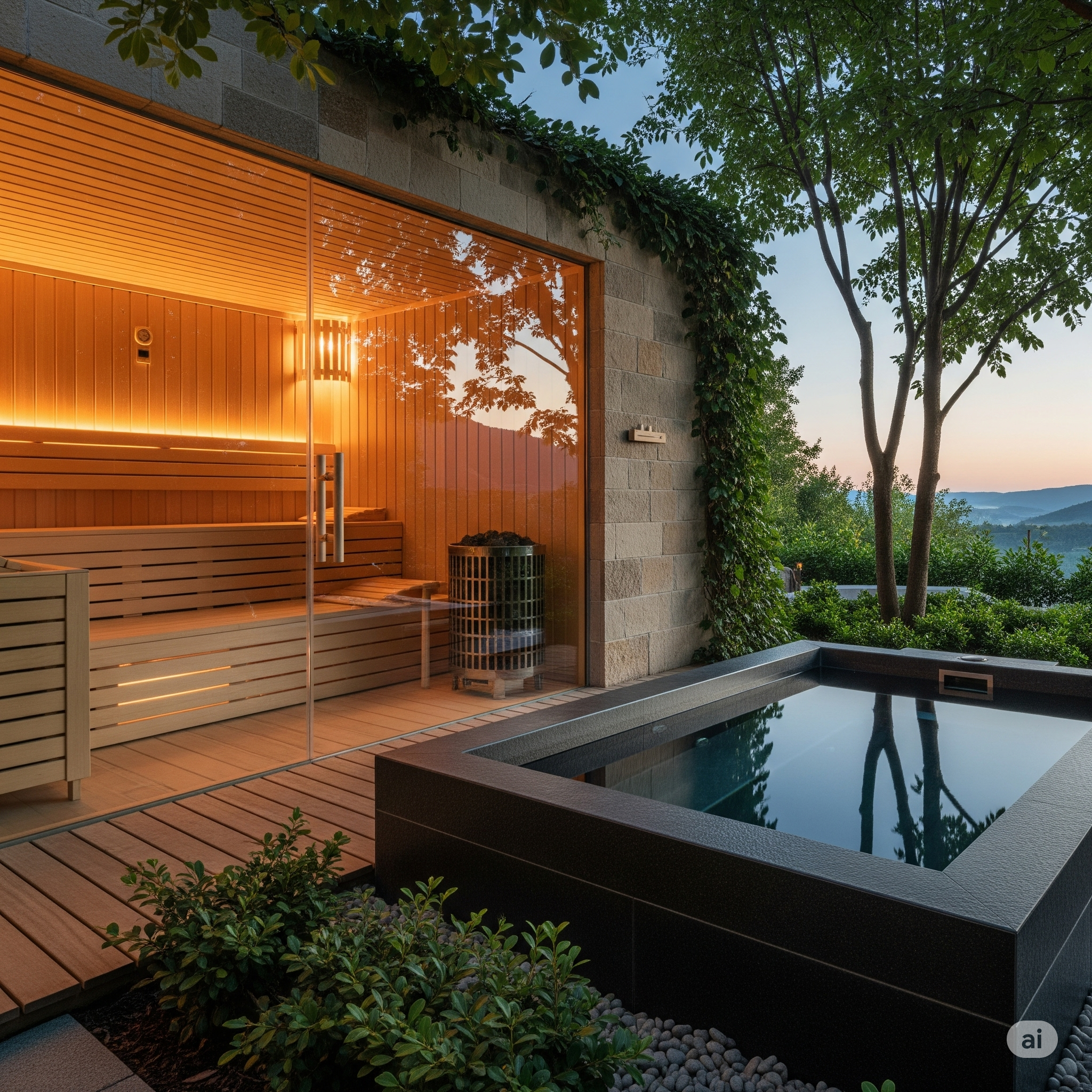Article: The Science Behind Modern Wellness Technologies

The Science Behind Modern Wellness Technologies
The Science Behind Modern Wellness Technologies
Why “science-backed” matters at AURA Wellness Labs
When you invest in recovery-oriented equipment, you deserve more than hype. At AURA we vet every product line against peer-reviewed evidence so you can feel confident that what feels good is also doing good inside your body. Below is a research-driven tour of the three pillars you’ll find in our store and studio designs.
1. Cold Plunge Tubs
Key mechanisms
- Rapid vasoconstriction – Decreases secondary tissue damage, dulls pain, limits inflammation.
- Baroreceptor-mediated nervous-system reset – Post-immersion parasympathetic rebound lowers perceived stress and boosts mood.
- Cytokine modulation – Short bouts (<10 min) blunt pro-inflammatory cytokines and up-regulate IL-10, aiding recovery.
What the literature says
- 2023 systematic review of 20 studies shows cold-water immersion accelerates fatigue recovery and lowers creatine-kinase [1].
- 2022 meta-analysis finds CWI gives the largest short-term gains in muscle power and soreness relief compared with other recovery tools [2].
- 2025 community study links regular polar-plunge immersion to lower anxiety and better sleep [5].
Practical take-away → Aim for 8–10 °C (46–50 °F) for 2–5 minutes, 2–4 sessions per week. Individuals with cardiovascular conditions should consult a clinician first.
2. Hyperbaric Oxygen Chambers (HBOT)
How it works
- Elevated oxygen pressure (1.3–2.0 ATA) saturates hemoglobin and plasma.
- The post-session “oxygen paradox” triggers angiogenesis and mitochondrial biogenesis.
- Reduced oxidative stress plus improved perfusion offer neuro- and cardio-protection.
Current evidence highlights
- 2024 double-blind RCT: 3-month HBOT boosted VO2 max ≈10 % and enhanced cardiac perfusion in adults >64 yrs [3].
- 2024 RCT in youth football: a single HBOT session cut IL-6 & TNF-α and restored sprint performance 24 h sooner than sham [4].
Operational guidance → Typical wellness protocols: 60–90 min at 1.3–1.5 ATA. Screen for sinus/ear-barotrauma risk; exceed 1.5 ATA only with medical supervision.
3. Pilates Reformers
Why the apparatus matters
The Reformer’s spring system offers adjustable, eccentric-friendly resistance that unloads joints while challenging deep stabilizers—ideal for rehab and performance alike.
Evidence snapshot
- Chronic low-back pain: Reformer Pilates cuts pain (VAS >40 %) and disability vs. usual care [6].
- Vascular health (older adults): One 60-min session improves flow-mediated dilation and lowers arterial stiffness [7].
- Cognitive performance: 8-week program boosts executive-function scores in sedentary women [8].
Programming tips → Start with two Reformer sessions per week, keep tempo controlled, and pair with resistance or aerobic days.
Synergy in a Modern Wellness Routine
- Morning: Reformer Pilates (45 min) – mobilize fascia, activate core, prime nervous system.
- Noon: HBOT session (60 min) – hyper-oxygenate tissues during midday cortisol dip, sharpen focus.
- Evening: Cold Plunge (3 min) – reduce DOMS and promote calm sleep.
Safety & Contraindications
- Cold Plunge: uncontrolled hypertension, Raynaud’s, recent cardiac events.
- HBOT: untreated pneumothorax, certain chemotherapy agents, ear/sinus infections.
- Reformer: acute disc herniation without medical clearance, unmanaged vertigo.
Bringing the Lab Home
Each product line at AURA is engineered or curated to deliver the dosing parameters used in the studies above—no guesswork required.
- Cold Plunge Tubs – seamless plug-and-plunge units chill to 3 °C in under 30 min.
- Personal Hyperbaric Chambers – soft-shell designs rated to 1.5 ATA with medical-grade compressors.
- Professional-grade Pilates Reformers – maple frames, whisper-quiet rails, five premium springs.
Ready to elevate recovery? Chat with our wellness engineers or book an in-store demo.
References
- Zhang J et al. Front Physiol 2023. Link
- Moore E et al. Sports Med 2022. Link
- Dahud A et al. BMC Geriatr 2024. Link
- Gušić M et al. Front Physiol 2024. Link
- Systematic review on CWI. PLOS ONE 2025. Link
- Silva H et al. Int J Health Sci Res 2023. Link
- Rangabprai Y et al. Gerontology 2024. Link
- Aktas S et al. Exercise Physiol 2024. Link

